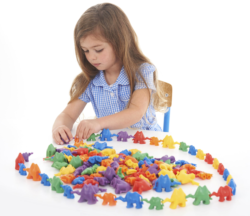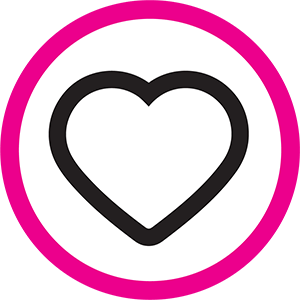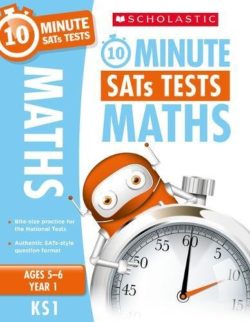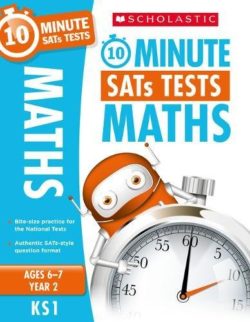No products in the cart.
Numeracy Toys
Measure
Explore numeracy toys and books for measuring fun!
FILTER
Age
- 1
- 2
- 3
- 4
- 5
- 6
- 7
- 8
- 9
- 10
- 11
- 12+
Product Type
- Accessories
- Arts & Crafts
- Books
- Flashcards & Wipe-Clean
- Games
- Jigsaws & Puzzles
- Learning Resources
- Toys
Stage
- Babies
- Early Years
- Primary KS1
- Primary KS2
- Toddlers
Skill
- Communication Skills
- Creativity
- Discovering the World
- Fine Motor Skills
- Health & Self-care
- Imagination
- Independent Learning
- Languages
- Listening
- Literacy
- Managing Feelings
- Mathematical Skills
- Memory
- Mindfulness
- Observational Skills
- Physical Development
- Problem Solving
- Reading
- Scientific Skills
- Self-assessment
- Self-confidence
- Social Skills
- Speaking
- Thinking Skills
- Understanding
- Writing
Areas of Learning
- Arts and Design
- Communication & Language
- Literacy
- Mathematics
- Personal, Social & Emotional Development
- Physical Development & Fine Motor Skills
- Understanding the World
Subject
- Arts and Design
- Design & Technology (DT)
- English
- Geography
- History
- ICT
- Languages (MFL)
- Mathematics
- Physical Education (PE)
- Science
Languages
- Arabic
- Bilingual
- English
- French
- German
- Mandarin Chinese
- Polish
- Russian
- Spanish
- Welsh
Brand
- 25th Century Games
- 4M
- Abrams Books
- Action Phase Games
- Alderac Entertainment Group
- Alley Cat Games
- Amazing Tales
- Andersen Press
- Andrew Brodie Publications
- Arcane Tinmen
- Arcane Wonders
- Ares Games
- Asmodee Editions
- Atlas Games
- Atomic Mass Games
- Awaken Realms
- b small publishing
- Baby Einstein
- Bandai
- Barefoot Books
- Barrington Stoke
- Battlefront Miniatures
- Beehive Toys
- Bezier Games
- Bezzerwizzer
- Big G Creative
- Big Sky Games
- BigJigs Toys
- Blackrock Editions
- Bloomsbury
- Blue Cocker Games
- Blue Orange
- Board And Dice
- Board Game Hub
- Bombyx
- Boxer Books
- BrainBox
- Brother Wize Games
- Bushiroad
- Buster Books
- Cambridge Brainbox
- Candylab
- Capstone Games
- Catan Studios
- Cephalofair Games
- Cheapass Games
- Chessex
- Chronicle Books
- Cicada
- Cool Mini Or Not Inc
- Curiscope
- CWR
- Dantoy
- Didicar
- DK
- DT
- EDU-QI
- EDUPLAY
- Edx Education
- Egmont
- Emaan Productions
- Faber & Faber
- Fat Brain Toys
- Fine Feather Press
- Flying Eye
- Galison Mudpuppy
- Galt Toys
- Gamelyn Games
- Gamewright
- Gecko Press
- GeoSmart
- Gigamic
- GoGo
- Gowi Toys
- Graffeg
- Great Gizmos
- Green Toys
- HABA
- Hape
- Happy Cube
- Hinkler Books
- Horrible Games
- Ivy Kids
- Jar Meló
- Klutz
- Knowledge Builder
- Kumon Publishing
- Lanka Kade
- LeapFrog
- Learning Resources
- Lerner
- Letterland
- Lexie Mouse Publishing
- Lincoln Children's Books
- Little Island
- Little Tiger
- Little Wise Toys
- LOM Art
- Lonely Planet
- Lottie
- Mad Mattr
- Magic Cat
- Make It Real
- Mary Meyer
- masterkidz
- Melissa & Doug
- Michael O'Mara
- MindWare
- Mobilo
- MOLUK
- Moondance Press
- Morphun
- nanoblock
- Nebulous Stars
- Nosy Crow
- Orchard Toys
- Otter-Barry Books
- Page Street Publishing
- Paul Lamond
- Pavilion
- Petit Collage
- Plan Toys
- Playcolor
- Playmobil
- Poptacular
- Primo
- Princeton Architectural Press
- QED
- Quercetti
- Raintree
- Renegade Game Studio
- Rubbabu
- Rubik's
- Santoys
- Sassi
- Scallywag
- Schofield & Sims
- Scholastic
- Scrunch
- Shade 7 Publishing
- Shaw Magnets
- Skillmatics
- Skip Hop
- Smart Games
- Smartivity
- SmartMax
- Sourcebooks
- Storey Publishing
- Tactic
- Tate Publishing
- The Green Board Games Co
- The Puppet Company
- TickIT
- Tidlo
- Top Class
- Twirl Publishing
- Usborne
- Verdes Innovations
- Viga
- Walker Books
- Welbeck
- What on Earth
- Wide Eyed Editions
- Wilberry
- Wiz Kids LLC
- words & pictures
- WordUnited
- Workman Publishing
- Yoyo Books
- Z-Man
- ZooBooKoo
Stock status
- In Stock
- Out of Stock
Showing 1–12 of 92 results
-


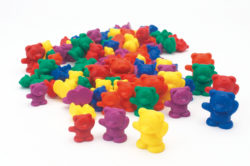

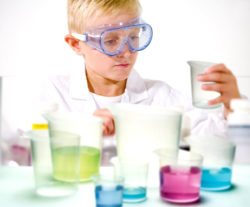

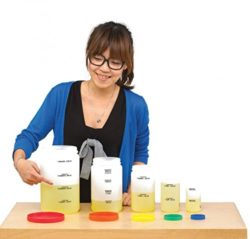

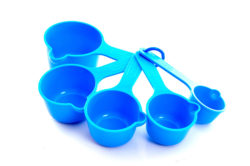

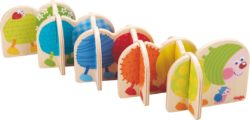

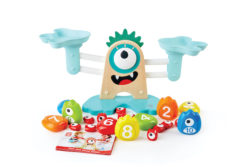

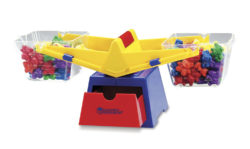

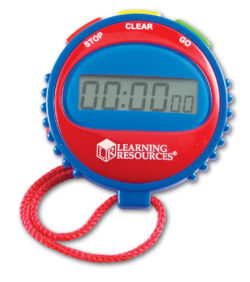

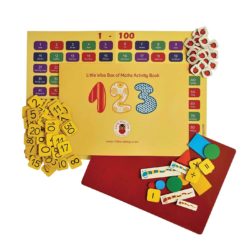
Measurement for kids is part of their daily lives. Any process that is used to determine the size, time, temperatures of objects is part of measuring. A unit of measurement is a standard that we can use to describe the quantities of various objects, such as weight or length.
Kids naturally develop a basic grasp of how big or small objects are, or how long a period of time is, but they need to be taught the different types of measurements and how they can use various measuring tools. To make the learning process more fun, you can incorporate a variety of maths toys that teach measurement concepts in activities that your kids already enjoy taking part in.
The Importance of Measurement for Kids
Measuring things is a vital aspect of modern life. It allows us to communicate, transact, design, and use objects using standard weight, time, length, and many other measurable dimensions. Measurement for kids can mean putting an object on a scale to determine its weight in kilograms, or use a children’s tape measuret o measure an object’s length in centimetres. It can also mean counting the total number of items in a set or using counters to determine that a book is ten counters long.
Once children learn to measure the length of an object using counters, you need to teach them that the units need to be the same size (using only same sized counters, instead of mixing them) to get a consistent measurement. They can now understand that a pen, for example, is six counters long.
Pre-Measurement Math’s Toys
Kids usually find it hard to learn the concept of measuring with units. The easiest way to introduce units of measurement is to start by using the comparative measurements that they are already familiar with. Comparing things, therefore, forms the basis for important aspects of mathematical thinking and learning, without the need for knowledge of formal units to do it.
Before kids can understand precise measurements and units, there are plenty of primary resources maths toys that can help them remember measurement terms and conversions. You can help your child by using numeracy toys and free resources that provide hands-on exposure to size comparison and measurements of length and size.
Numeracy toysprovide opportunities to teach kids comparison words like bigger, smaller, longer, and taller. Teaching comparison words can be a chance to teach them descriptive words like how small and large, are different from tall or long and short. You can then introduce sorting activities gradually by challenging them to sort objects according to size – shortest to tallest, smallest to largest, and so on. Teaching about volume can be as easy as asking your child to tell you when their glass is half-full or when a juice bottle is a quarter empty. You can also have them try to estimate how much water is in a beaker without checking the marked side.
The baby bear counting counters is one of the best primary resources maths toys that can teach kids the concept of weight and volume. They can fill one side with water and add bears to the other hand, and try to figure out how many bears weigh the same as a particular amount of water. You can also introduce the measurement of time by emphasizing when its time for a particular daily activity. This will prepare kids for understanding precise time measurements when they are older.
Using Measurement Tools: Children’s tape measure
A children’s tape measure toy is a great way to introduce your child to standard units of measuring length. To make things more interesting, you can include some primary resources mathsconcepts into your measuring exercises. You can line up the object that they want to measure on the 3,4, or 5-centimetre mark on your child’s tape measure, and ask them to subtract and get the actual length of the object.
A kids tape measureprovides a lot of fun opportunities to teach kids about unit measuring tools. A classic example is a situation where kids are using a similar number of blocks to build towers. They might debate on whose tower is “bigger”. Children can then easily use a children’s tape measure toyto check which is taller or wider than the other. This block building experience would, therefore, help them begin to distinguish between different quantities such as height, area, and volume.
In as much as kids can begin to understand the basics of measuring the length and the units of measurement, sometimes they might struggle to relate these measurements to other objects that they interact with daily. The children’s tape measureprovides a unique opportunity to enable them to explore the sizes of various objects. Children can use the kid’s tape measureto measure the width or height of their bed and other pieces of furniture in their room. You can provide more challenge to older kids by having them try to work out the area or volume for various items.
Children can also use clocks to practice telling the time. You can challenge them to measure how many hours and minutes they spend doing certain daily activities, such as going to school or sleeping.

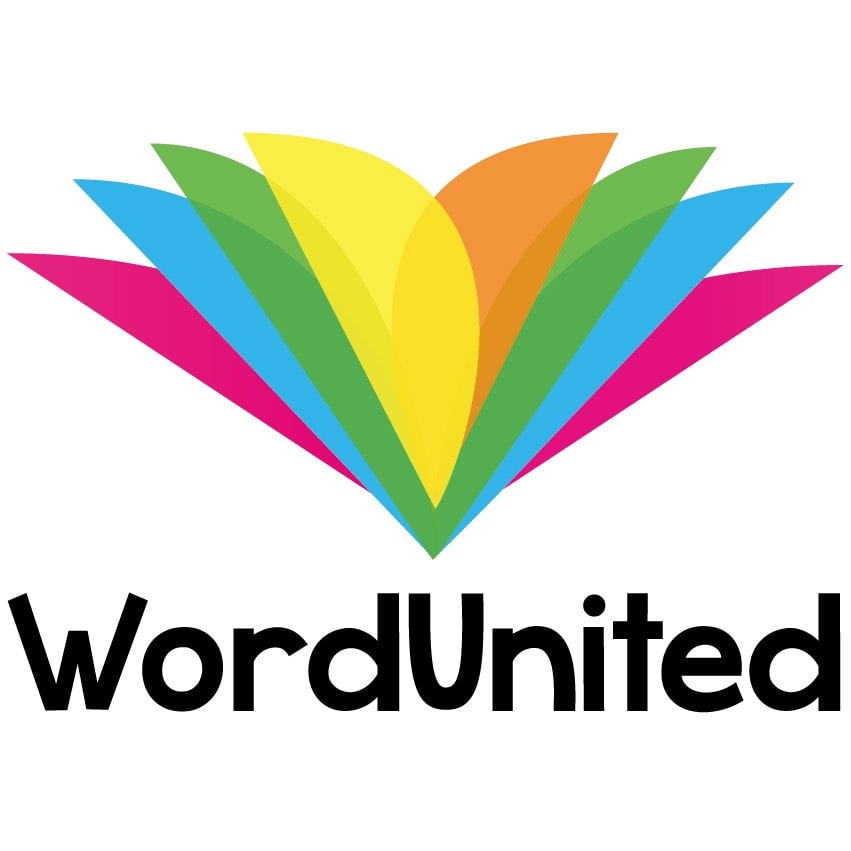
 01782 698558
01782 698558


